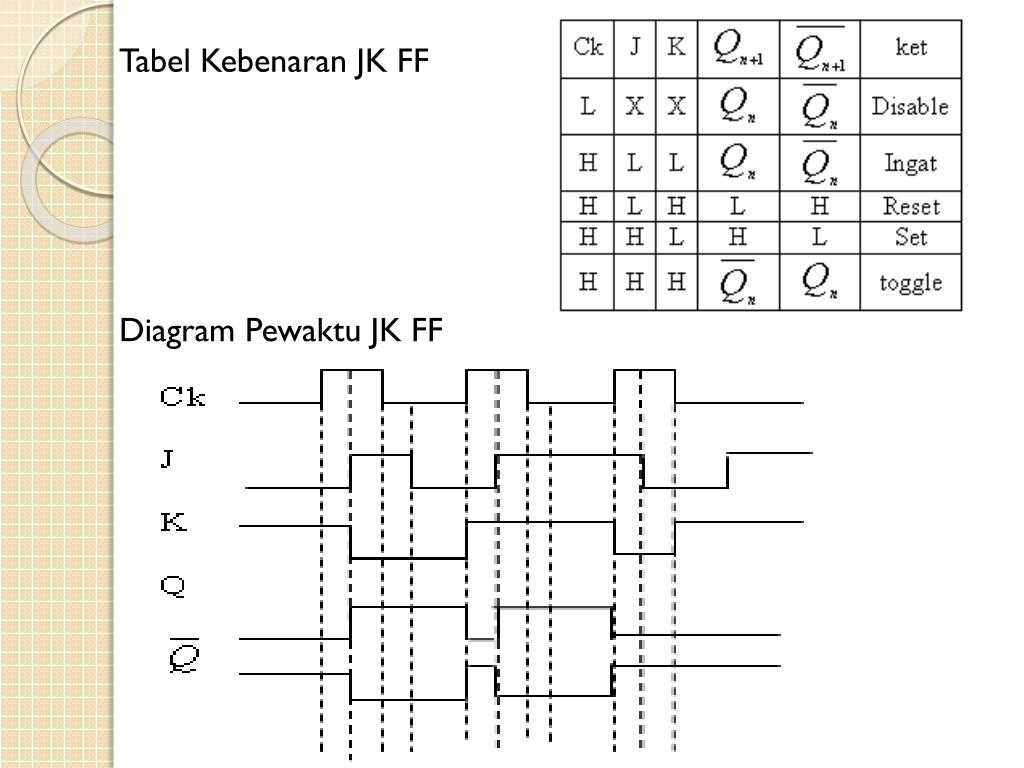
Welcome to the fascinating world of digital electronics, where the intricate dance of ones and zeros creates the backbone of our modern technological society. In this article, we will dive into the realm of Jk ff, a key component in digital circuits, and explore its various aspects and functionalities.
At its core, a Jk ff, or J-K flip-flop, is a fundamental building block in digital systems, serving as a memory element that can store a single bit of information. Its ability to latch and hold data makes it a vital component in a wide range of digital applications, from simple calculators to complex computers.
Stability is one of the key features of a Jk ff. Once data is inputted, it remains stored until a new set of inputs is applied. This characteristic makes it ideal for storing and transferring data in sequential logic circuits, allowing designers to create systems that perform various tasks and operations with precision and accuracy.
The versatility of Jk ff is another standout aspect. It can be configured to operate in different modes, providing flexibility in designing circuits tailored to specific requirements. With the inclusion of additional logic gates, the Jk ff can be utilized as a counter, a shift register, or even form the basis of more advanced circuitry such as registers and memory units.
As we delve deeper into the Jk ff datasheet, we will explore its internal structure, pinouts, truth tables, and timing diagrams. By understanding these details, you will gain the knowledge and confidence necessary to select, implement, and troubleshoot Jk ff components effectively, unlocking the vast potential that digital circuits have to offer.
Overview of Jk ff and Its Importance in Digital Logic
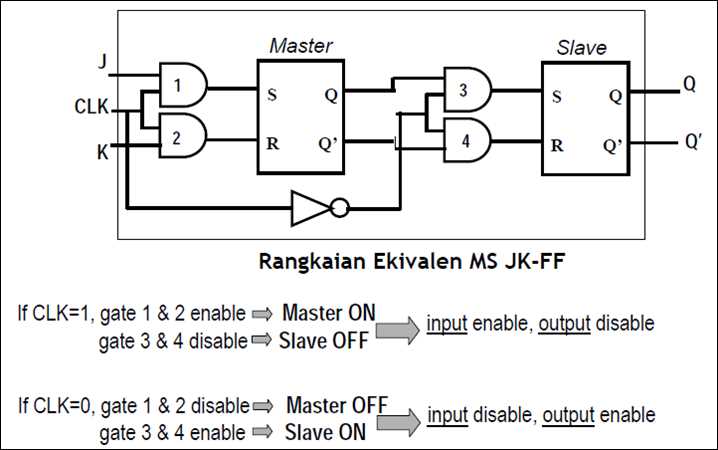
With the rapid advancements in technology, digital logic has become an integral part of our daily lives. From smartphones to computers, digital circuits play a crucial role in processing information and executing tasks efficiently. One of the fundamental components of digital logic is the Jk flip-flop (ff), which has significant importance in various applications.
Understanding Jk Flip-Flop
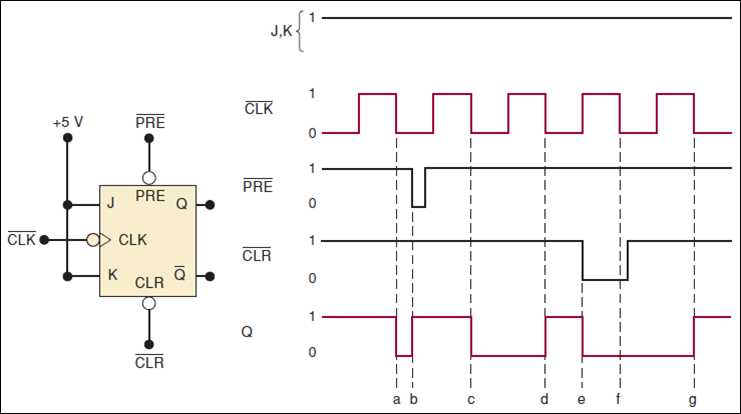
The Jk flip-flop is a sequential logic device that stores one bit of information. It consists of two inputs, J and K, and two outputs, Q and Q’. The J and K inputs allow us to manipulate the state of the flip-flop by setting or resetting it. It operates on the principle of clocked sequential circuits, where the outputs change only when triggered by a clock signal.
Unlike other types of flip-flops, the Jk flip-flop has versatility in terms of functionality. Its ability to function as a toggle flip-flop makes it suitable for various applications, including counters, shift registers, and memory circuits. This flexibility and wide range of applications make the Jk flip-flop a crucial component in digital logic designs.
Importance in Digital Logic
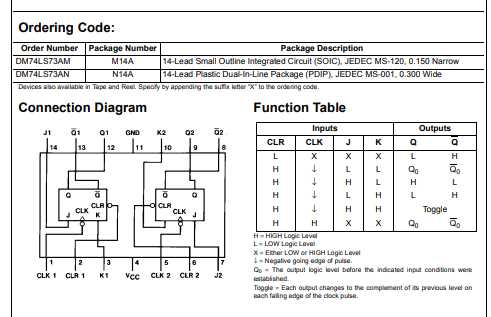
The Jk flip-flop serves as a vital building block in complex digital systems. Its ability to store and manipulate data makes it essential for sequential operations. By utilizing multiple Jk flip-flops, designers can create circuits that perform a variety of tasks, such as counting, storing data, and synchronization.
Furthermore, the Jk flip-flop’s ability to toggle its state offers significant advantages in designing circuits with reduced complexity. It allows for simplified implementations of various functions, such as frequency division, data storage, and synchronization. This, in turn, leads to more efficient and compact digital logic designs.
In addition to its functional importance, the Jk flip-flop also contributes to the overall reliability and stability of digital systems. Its synchronous operation ensures that data is processed uniformly and consistently, minimizing errors and maintaining the integrity of the system.
- Its versatility and ability to function as a toggle flip-flop make it suitable for various applications in digital logic.
- By utilizing multiple Jk flip-flops, complex digital systems can be designed to perform a variety of tasks.
- The Jk flip-flop’s toggling capability allows for simplified circuit implementations, reducing complexity.
- It contributes to the overall reliability and stability of digital systems through synchronous operation.
In conclusion, the Jk flip-flop is an essential component in digital logic, offering versatility, functional flexibility, and reliability. Its ability to store and manipulate data, along with its efficient toggling capability, makes it a valuable building block for various applications in modern technology.
Technical Specifications of Jk ff
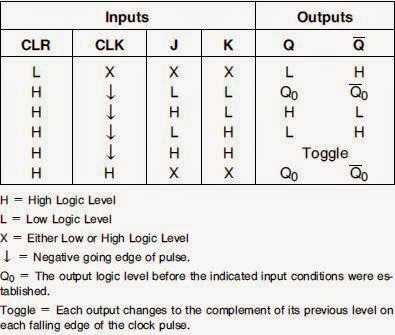
In this section, we will provide an overview of the technical specifications of the Jk ff. These specifications encompass various aspects of the Jk ff’s functionality, performance, and design. Understanding these specifications is essential for anyone looking to use or integrate the Jk ff into their electronic circuits.
Operating Parameters
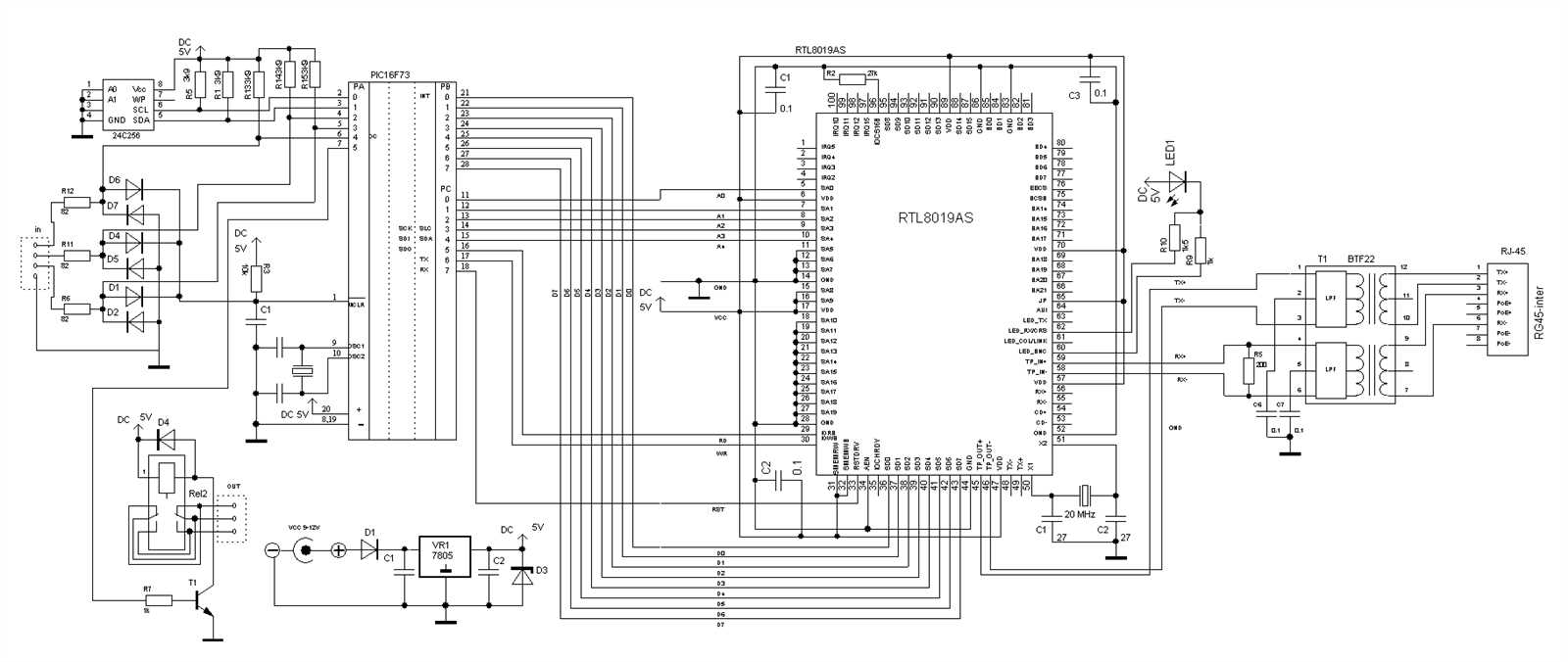
The Jk ff operates within a specific range of voltage and current levels. It has a recommended operating voltage range of X to Y volts and a maximum operating current of Z amps. Operating the Jk ff outside of these parameters may result in improper operation or damage to the device.
Timing Characteristics
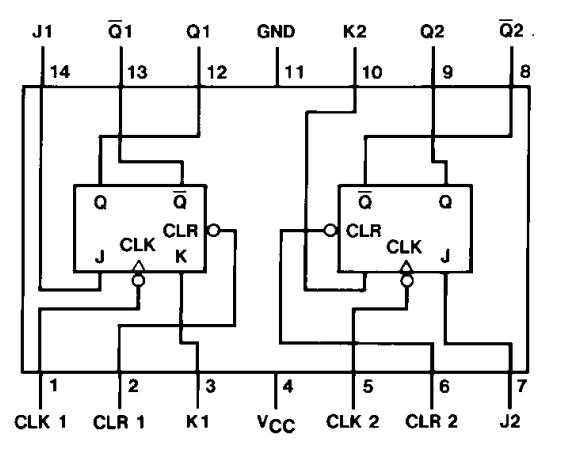
The Jk ff has specific timing characteristics that determine its responsiveness and reliability in different applications. These include setup time, hold time, propagation delay, and clock frequency. The setup time is the minimum duration for which the input signal must be stable before the rising edge of the clock for proper operation. The hold time is the minimum duration for which the input signal must remain stable after the rising edge of the clock. The propagation delay is the time taken for the output to respond to a change in the input. The clock frequency specifies the maximum rate at which the Jk ff can operate reliably.
Note: It is important to consider the timing characteristics of the Jk ff when designing circuits to ensure proper synchronization and functionality.
In addition to these operating and timing characteristics, the Jk ff may also have specific features such as power dissipation, input and output logic levels, and recommended temperature ranges for proper operation. These features should be taken into account when using the Jk ff in a particular circuit design.
Understanding the technical specifications of the Jk ff enables engineers and designers to make informed decisions regarding its use and integration, ensuring optimal performance and compatibility with other circuit components.
Applications and Benefits of Using Jk ff in Electronic Circuits
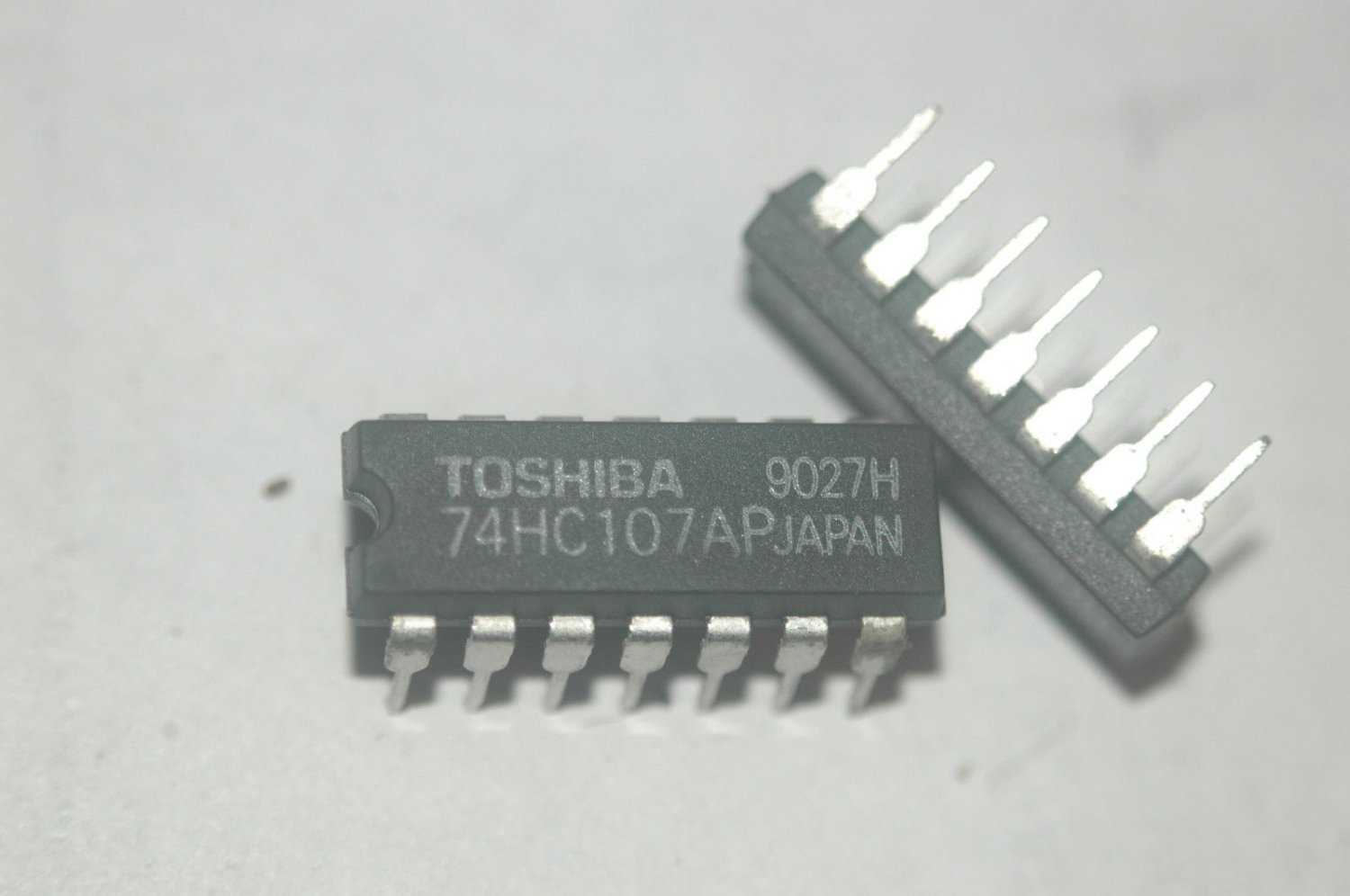
When it comes to designing and implementing electronic circuits, the Jk ff (flip-flop) plays a crucial role. This versatile component offers a wide range of applications and benefits that contribute to the efficient and reliable operation of electronic systems.
1. Sequential Logic:
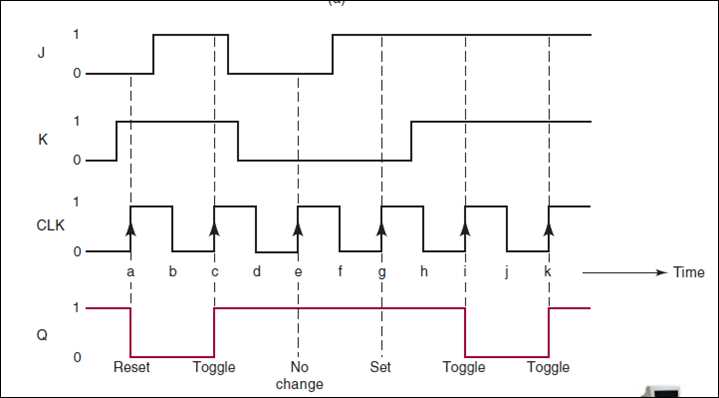
The Jk ff is widely used for creating sequential logic circuits. It can store and manipulate binary information, making it invaluable for applications that require timing control, data storage, and synchronization. By utilizing Jk ffs, electronic systems can carry out complex tasks in a sequential and controlled manner.
2. Digital Counters:
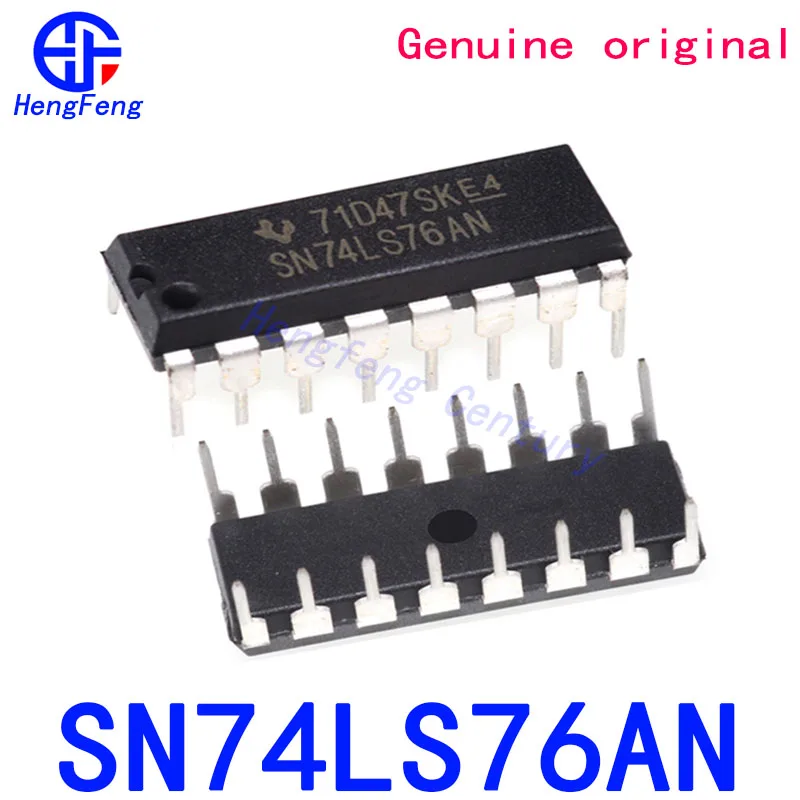
Another prominent application of Jk ffs is in digital counters. By connecting multiple Jk ffs in cascade, it is possible to create counters that can increment or decrement their values based on specific triggers, such as clock signals. Digital counters find application in various fields, including frequency measurement, event counting, and timekeeping.
Using Jk ffs in electronic circuits brings several benefits:
Reliability:
Thanks to their stable and predictable behavior, Jk ffs enhance the overall reliability of electronic systems. They are less susceptible to noise and provide robust operation even in challenging environments.
Versatility:
The Jk ff’s ability to operate in different logic families and configurations makes it highly versatile. This characteristic allows designers to select the most suitable implementation for a particular application, optimizing performance and efficiency.
Data Manipulation:
By leveraging the Jk ff’s ability to store and modify binary information, electronic circuits can efficiently manipulate data. This is particularly useful in applications such as data storage, shift registers, and data encryption where precise control of binary information is paramount.
In summary, the Jk ff is an essential component in electronic circuits, finding applications in sequential logic and digital counters. Its benefits include reliability, versatility, and effective data manipulation. By understanding and harnessing the capabilities of Jk ffs, designers can create efficient and robust electronic systems.